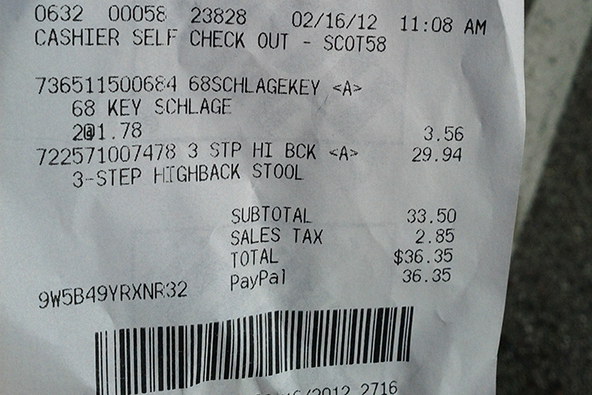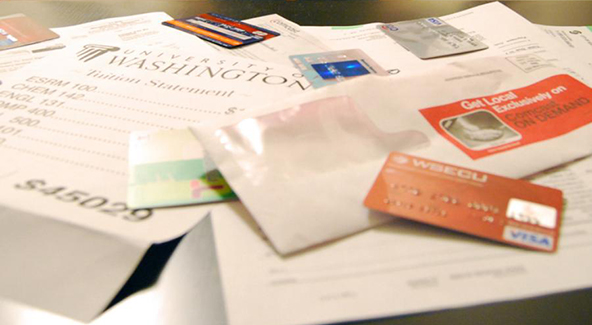How to Minimize Transaction Retrieval Requests

When a card issuer needs to obtain a copy of a transaction receipt, it sends a retrieval request to the merchant that processed the sale at issue. Typically, a retrieval request is initiated following a cardholder’s inquiry into the associated transaction and usually it precedes a chargeback. In fact, a failure by a merchant to respond to a retrieval request in a timely manner will certainly result in a chargeback.
Your goal should be to keep retrieval requests to a minimum in the first place and there are several best practices you can follow that can help you achieve it. Here are the top three of them.
Customers Must Easily Recognize Your Name on Their Statements
When your customer looks at her card statement or checks her account activity online, she must be able to immediately recognize transactions that were processed at your store. If she can’t, she will contact her card issuer and initiate a retrieval request.
The way your business name appears on a cardholder’s statement is managed by your processor through a tool called “billing descriptor.” Make sure it is set up to display the correct information, including your “Doing Business As” (DBA) name, city, and state. If your legal name is different from your DBA, make sure that the DBA is used in the billing descriptor, because your legal one may not be familiar to your customers.
Your Business Name Must Be Legible on Receipts
Just as it is critical that your business name is easily recognizable to your customers on their card statements, it is equally important that it is accurately and legibly printed on transaction receipts. Here is what you should be doing to avoid illegible transaction receipts:
- Change the printer cartridge routinely. Faded, barely visible ink on sales receipts is by far the leading cause of illegible receipt copies. Check your printers daily and make sure the printing is clearly visible on every sales receipt.
- Change the printer paper when the colored streak appears. The colored streak down the middle or on the edges of the printer paper indicates the end of the paper roll. It also reduces the legibility of transaction information.
- Keep the top white copy of the receipt. Always give your customers the colored copy of the receipt and keep the top one for yourself. Copies of colored paper are not as clear as ones of white paper.
- Be careful with carbon-backed or carbonless paper. Any pressure on carbon-backed or carbonless paper causes black blotches, which can easily make copies illegible.
If you cannot produce a legible copy of a sales receipt, the transaction may be returned to you as a chargeback for illegible fulfillment (Reason Code 60). At this point you may have to accept the loss, even if the transaction is completely legitimate.
Train Your Staff
Most retrieval requests can be prevented at the point of sale by following proper transaction processing procedures. Your sales staff should be trained and instructed to:
- Follow proper card acceptance procedures.
- Review each sales receipt for accuracy and completeness.
- Make sure the receipt is legible.
- Keep the original (top) copy and give the customer the bottom copy of the receipt.
Sales staff should understand that, in the event of a dispute, your business could lose both the merchandise and the transaction amount.
The Takeaway
Minimizing retrieval requests is a work in progress and you should constantly monitor the number of requests you receive. You should try to keep the ratio of retrieval requests to your total card sales (not including returns and adjustments) below 0.5 percent. If it is higher than that, you should review your procedures and look for ways to make improvements.
This 0.5 percent ratio is not as arbitrary as it may seem. Keep in mind that Visa and MasterCard require processors to ensure that their merchants keep the ratio of chargebacks to total sales below one percent for any given month. Otherwise, the merchant account is suspended and the processor — fined. So, in order to avoid such fines, processors will typically freeze the account long before it reaches the one percent threshold. With that in mind, even a 0.5 percent retrieval request ratio may be too high for comfort.
Image credit: VentureBeat.com.



Well, I’m one of these merchants who never realized that chargebacks count against you, whether or not you win the dispute. In other words, once the customer files a dispute with his issuer, it’s too late. So yeah, the goal should be to get them to contact the merchant first and then to try to come up with a way to solve the dispute.
Yeah, the WSJ’s reporter has really dropped the ball on this one. You would expect that she would get better prepared, before she starts writing about such an issue. But my point is that it will mostly be the big merchants that will benefit from the Durbin Amendment. The smaller ones are still predominantly on some form of a tiered pricing, so the lower interchange will mean nothing to them, although it will be collected by their processors.